The Acute Agitation And Aggression Treatment Market is expected to register a CAGR of 7.80% from 2025 to 2031, with a market size expanding from US$ XX million in 2024 to US$ XX Million by 2031.
The report presents an analysis based on drug class (anti-psychotics, benzodiazepines and others). The report is segmented based on route of administration (oral, intramuscular and others). The report further provides analysis based on end user (hospitals, ambulatory surgical centers, psychiatric care facilities, and others). The global analysis is further broken-down at regional level and major countries. The market size and forecast at global, regional, and country levels for all the key market segments are covered under the scope. The report offers the value in USD for the above analysis and segments. The report provides key statistics on the market status of the key market players and offers market trends and opportunities.
Purpose of the ReportThe report Acute Agitation And Aggression Treatment Market by The Insight Partners aims to describe the present landscape and future growth, top driving factors, challenges, and opportunities. This will provide insights to various business stakeholders, such as:
- Technology Providers/Manufacturers: To understand the evolving market dynamics and know the potential growth opportunities, enabling them to make informed strategic decisions.
- Investors: To conduct a comprehensive trend analysis regarding the market growth rate, market financial projections, and opportunities that exist across the value chain.
- Regulatory bodies: To regulate policies and police activities in the market with the aim of minimizing abuse, preserving investor trust and confidence, and upholding the integrity and stability of the market.
Acute Agitation And Aggression Treatment Market Segmentation
Drug Class- Anti-Psychotics
- Benzodiazepines
- Oral
- Intramuscular
- Hospitals
- Ambulatory Surgical Centers
- Psychiatric Care Facilities
Strategic Insights
Acute Agitation And Aggression Treatment Market Growth Drivers- Rising Mental Health Awareness: Increased awareness and understanding of mental health issues are driving the demand for treatments addressing acute agitation and aggression. As communities advocate for mental health support, healthcare providers are focusing on effective interventions. This growing recognition encourages research and development in pharmaceuticals and behavioral therapies, fostering a more comprehensive approach to treating acute agitation and aggression in various patient populations.
- Growing Prevalence of Mental Disorders: The rising incidence of mental health disorders, such as schizophrenia and bipolar disorder, contributes significantly to the acute agitation and aggression treatment market. These conditions often lead to episodes of agitation that require effective management. As more individuals seek psychiatric care, the demand for tailored therapeutic options increases, prompting healthcare systems to invest in innovative solutions that address these acute episodes, thus expanding the market.
- Increased Focus on Emergency Care: With the rising number of emergency room visits related to psychiatric crises, there is an urgent need for effective treatments for acute agitation and aggression. Healthcare facilities are prioritizing the development of protocols and therapeutic interventions to manage these situations safely and effectively. This focus on emergency care drives innovation in pharmacological treatments and non-pharmacological strategies, ultimately enhancing patient outcomes and expanding the treatment market.
- Shift Towards Non-Pharmacological Interventions: There is a notable trend toward implementing non-pharmacological interventions for managing acute agitation and aggression, including de-escalation techniques, psychotherapeutic approaches, and environmental modifications. This shift reflects a growing understanding of the potential side effects of medications and a desire to provide holistic care. As healthcare providers increasingly adopt these strategies, the market is evolving to include training programs and resources aimed at equipping professionals with effective non-drug-based management techniques.
- Integration of Telehealth Services: The integration of telehealth services into mental health care is transforming the treatment landscape for acute agitation and aggression. Remote consultations allow for timely assessments and interventions, ensuring that individuals receive appropriate care without the need for in-person visits. This trend enhances accessibility and convenience, making it easier for patients to access specialized care. As telehealth continues to grow, it presents new opportunities for treatment providers and technology developers in the market.
- Research on Personalized Medicine: There is a growing trend toward personalized medicine in treating acute agitation and aggression, where treatments are tailored to the individual needs of patients. This approach considers genetic, environmental, and psychological factors that influence treatment response. Research initiatives focusing on biomarkers and patient-specific factors are gaining traction, driving the development of targeted therapies. This trend not only enhances treatment efficacy but also aligns with the broader movement toward personalized healthcare solutions.
- Development of Innovative Therapeutics: There is a unique opportunity for the development of innovative therapeutic agents specifically designed to manage acute agitation and aggression effectively. Research into novel pharmacological compounds, including fast-acting medications and long-acting injectables, can address the urgent needs of patients in crisis. Companies that invest in R&D for these innovative treatments can fill significant gaps in the current market, providing safer and more effective options for managing agitation.
- Training Programs for Healthcare Professionals: The increasing focus on acute agitation and aggression management creates an opportunity for developing training programs for healthcare professionals. These programs can teach effective de-escalation techniques, crisis intervention strategies, and appropriate medication management. By equipping professionals with the necessary skills and knowledge, providers can improve patient outcomes and enhance the overall quality of care in emergency settings, creating a niche market for educational resources and training services.
- Collaboration with Technology Providers: Collaborating with technology providers to integrate digital health solutions into agitation and aggression management presents a unique opportunity. Mobile applications, wearables, and AI-driven analytics can enhance monitoring and intervention strategies. These technologies can provide real-time data on patient behavior and responses, allowing for timely interventions and personalized care plans. Such partnerships can drive innovation in the market, improving treatment efficacy and patient safety.
Market Report Scope
Key Selling Points
- Comprehensive Coverage: The report comprehensively covers the analysis of products, services, types, and end users of the Acute Agitation And Aggression Treatment Market, providing a holistic landscape.
- Expert Analysis: The report is compiled based on the in-depth understanding of industry experts and analysts.
- Up-to-date Information: The report assures business relevance due to its coverage of recent information and data trends.
- Customization Options: This report can be customized to cater to specific client requirements and suit the business strategies aptly.
The research report on the Acute Agitation And Aggression Treatment Market can, therefore, help spearhead the trail of decoding and understanding the industry scenario and growth prospects. Although there can be a few valid concerns, the overall benefits of this report tend to outweigh the disadvantages.
REGIONAL FRAMEWORK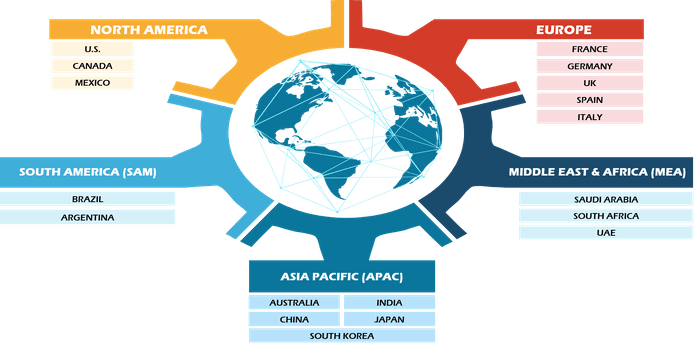
Have a question?

Mrinal
Mrinal will walk you through a 15-minute call to present the report’s content and answer all queries if you have any.
 Speak to Analyst
Speak to Analyst
- Sample PDF showcases the content structure and the nature of the information with qualitative and quantitative analysis.
- Request discounts available for Start-Ups & Universities
- Sample PDF showcases the content structure and the nature of the information with qualitative and quantitative analysis.
- Request discounts available for Start-Ups & Universities

Report Coverage
Revenue forecast, Company Analysis, Industry landscape, Growth factors, and Trends

Segment Covered
This text is related
to segments covered.
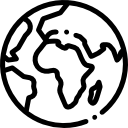
Regional Scope
North America, Europe, Asia Pacific, Middle East & Africa, South & Central America

Country Scope
This text is related
to country scope.
Frequently Asked Questions
The acute agitation and aggression treatment market is estimated to witness a CAGR of 9.20% from 2025 to 2031
Asia Pacific region is likely to witness the fastest growth rate during the forecast period.
Key drivers include the increasing prevalence of mental health disorders, heightened awareness of mental health issues, and the need for effective treatment options in emergency and psychiatric settings.
North America dominated the acute agitation and aggression treatment market in 2024
The shift towards non-pharmacological interventions is likely to remain the key trend during the forecast period.
Eli Lilly and Company
Pfizer Inc.
GlaxoSmithKline plc
Teva Pharmaceutical Industries Ltd.
Otsuka Holdings Co., Ltd.
VIATRIS INC
Johnson & Johnson Services, Inc.
Novartis AG
H. Lundbeck A/S
Amneal Pharmaceuticals LLC
- Eli Lilly and Company
- Pfizer Inc.
- GlaxoSmithKline plc
- Teva Pharmaceutical Industries Ltd.
- Otsuka Holdings Co., Ltd.
- VIATRIS INC
- Johnson & Johnson Services, Inc.
- Novartis AG
- H. Lundbeck A/S (Denmark)
- Amneal Pharmaceuticals LLC
The Insight Partners performs research in 4 major stages: Data Collection & Secondary Research, Primary Research, Data Analysis and Data Triangulation & Final Review.
- Data Collection and Secondary Research:
As a market research and consulting firm operating from a decade, we have published many reports and advised several clients across the globe. First step for any study will start with an assessment of currently available data and insights from existing reports. Further, historical and current market information is collected from Investor Presentations, Annual Reports, SEC Filings, etc., and other information related to company’s performance and market positioning are gathered from Paid Databases (Factiva, Hoovers, and Reuters) and various other publications available in public domain.
Several associations trade associates, technical forums, institutes, societies and organizations are accessed to gain technical as well as market related insights through their publications such as research papers, blogs and press releases related to the studies are referred to get cues about the market. Further, white papers, journals, magazines, and other news articles published in the last 3 years are scrutinized and analyzed to understand the current market trends.
- Primary Research:
The primarily interview analysis comprise of data obtained from industry participants interview and answers to survey questions gathered by in-house primary team.
For primary research, interviews are conducted with industry experts/CEOs/Marketing Managers/Sales Managers/VPs/Subject Matter Experts from both demand and supply side to get a 360-degree view of the market. The primary team conducts several interviews based on the complexity of the markets to understand the various market trends and dynamics which makes research more credible and precise.
A typical research interview fulfils the following functions:
- Provides first-hand information on the market size, market trends, growth trends, competitive landscape, and outlook
- Validates and strengthens in-house secondary research findings
- Develops the analysis team’s expertise and market understanding
Primary research involves email interactions and telephone interviews for each market, category, segment, and sub-segment across geographies. The participants who typically take part in such a process include, but are not limited to:
- Industry participants: VPs, business development managers, market intelligence managers and national sales managers
- Outside experts: Valuation experts, research analysts and key opinion leaders specializing in the electronics and semiconductor industry.
Below is the breakup of our primary respondents by company, designation, and region:

Once we receive the confirmation from primary research sources or primary respondents, we finalize the base year market estimation and forecast the data as per the macroeconomic and microeconomic factors assessed during data collection.
- Data Analysis:
Once data is validated through both secondary as well as primary respondents, we finalize the market estimations by hypothesis formulation and factor analysis at regional and country level.
- 3.1 Macro-Economic Factor Analysis:
We analyse macroeconomic indicators such the gross domestic product (GDP), increase in the demand for goods and services across industries, technological advancement, regional economic growth, governmental policies, the influence of COVID-19, PEST analysis, and other aspects. This analysis aids in setting benchmarks for various nations/regions and approximating market splits. Additionally, the general trend of the aforementioned components aid in determining the market's development possibilities.
- 3.2 Country Level Data:
Various factors that are especially aligned to the country are taken into account to determine the market size for a certain area and country, including the presence of vendors, such as headquarters and offices, the country's GDP, demand patterns, and industry growth. To comprehend the market dynamics for the nation, a number of growth variables, inhibitors, application areas, and current market trends are researched. The aforementioned elements aid in determining the country's overall market's growth potential.
- 3.3 Company Profile:
The “Table of Contents” is formulated by listing and analyzing more than 25 - 30 companies operating in the market ecosystem across geographies. However, we profile only 10 companies as a standard practice in our syndicate reports. These 10 companies comprise leading, emerging, and regional players. Nonetheless, our analysis is not restricted to the 10 listed companies, we also analyze other companies present in the market to develop a holistic view and understand the prevailing trends. The “Company Profiles” section in the report covers key facts, business description, products & services, financial information, SWOT analysis, and key developments. The financial information presented is extracted from the annual reports and official documents of the publicly listed companies. Upon collecting the information for the sections of respective companies, we verify them via various primary sources and then compile the data in respective company profiles. The company level information helps us in deriving the base number as well as in forecasting the market size.
- 3.4 Developing Base Number:
Aggregation of sales statistics (2020-2022) and macro-economic factor, and other secondary and primary research insights are utilized to arrive at base number and related market shares for 2022. The data gaps are identified in this step and relevant market data is analyzed, collected from paid primary interviews or databases. On finalizing the base year market size, forecasts are developed on the basis of macro-economic, industry and market growth factors and company level analysis.
- Data Triangulation and Final Review:
The market findings and base year market size calculations are validated from supply as well as demand side. Demand side validations are based on macro-economic factor analysis and benchmarks for respective regions and countries. In case of supply side validations, revenues of major companies are estimated (in case not available) based on industry benchmark, approximate number of employees, product portfolio, and primary interviews revenues are gathered. Further revenue from target product/service segment is assessed to avoid overshooting of market statistics. In case of heavy deviations between supply and demand side values, all thes steps are repeated to achieve synchronization.
We follow an iterative model, wherein we share our research findings with Subject Matter Experts (SME’s) and Key Opinion Leaders (KOLs) until consensus view of the market is not formulated – this model negates any drastic deviation in the opinions of experts. Only validated and universally acceptable research findings are quoted in our reports.
We have important check points that we use to validate our research findings – which we call – data triangulation, where we validate the information, we generate from secondary sources with primary interviews and then we re-validate with our internal data bases and Subject matter experts. This comprehensive model enables us to deliver high quality, reliable data in shortest possible time.


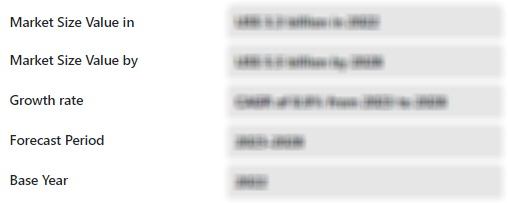
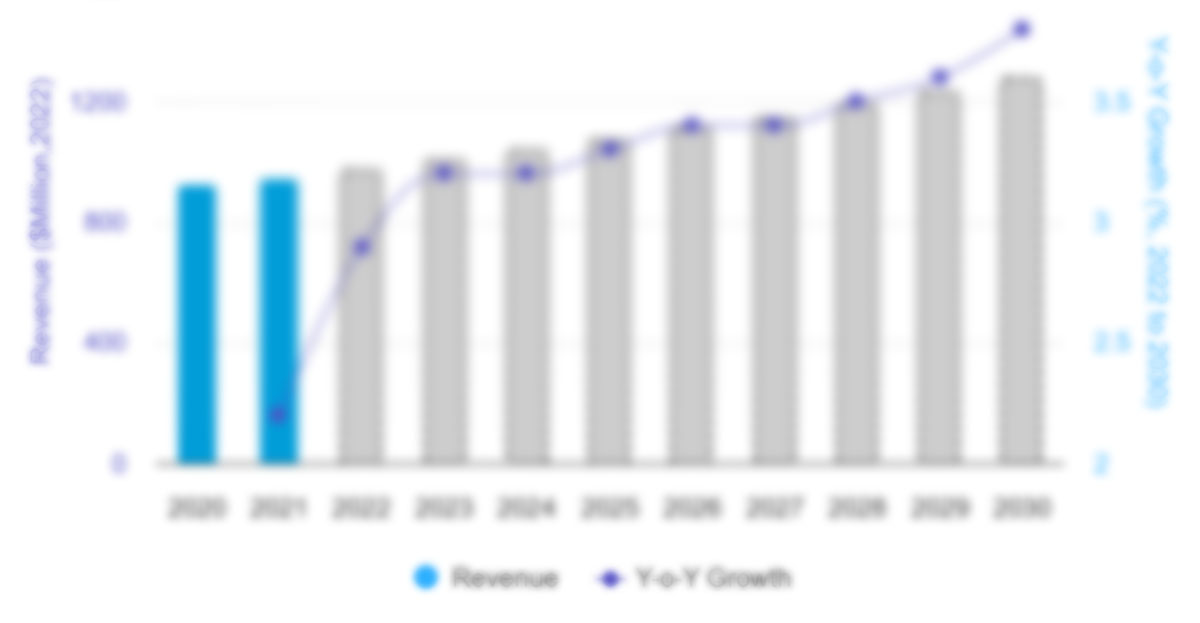
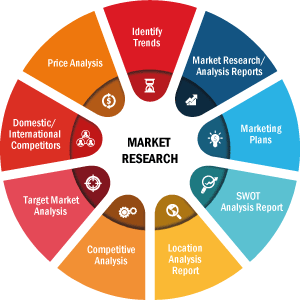
 Get Free Sample For
Get Free Sample For